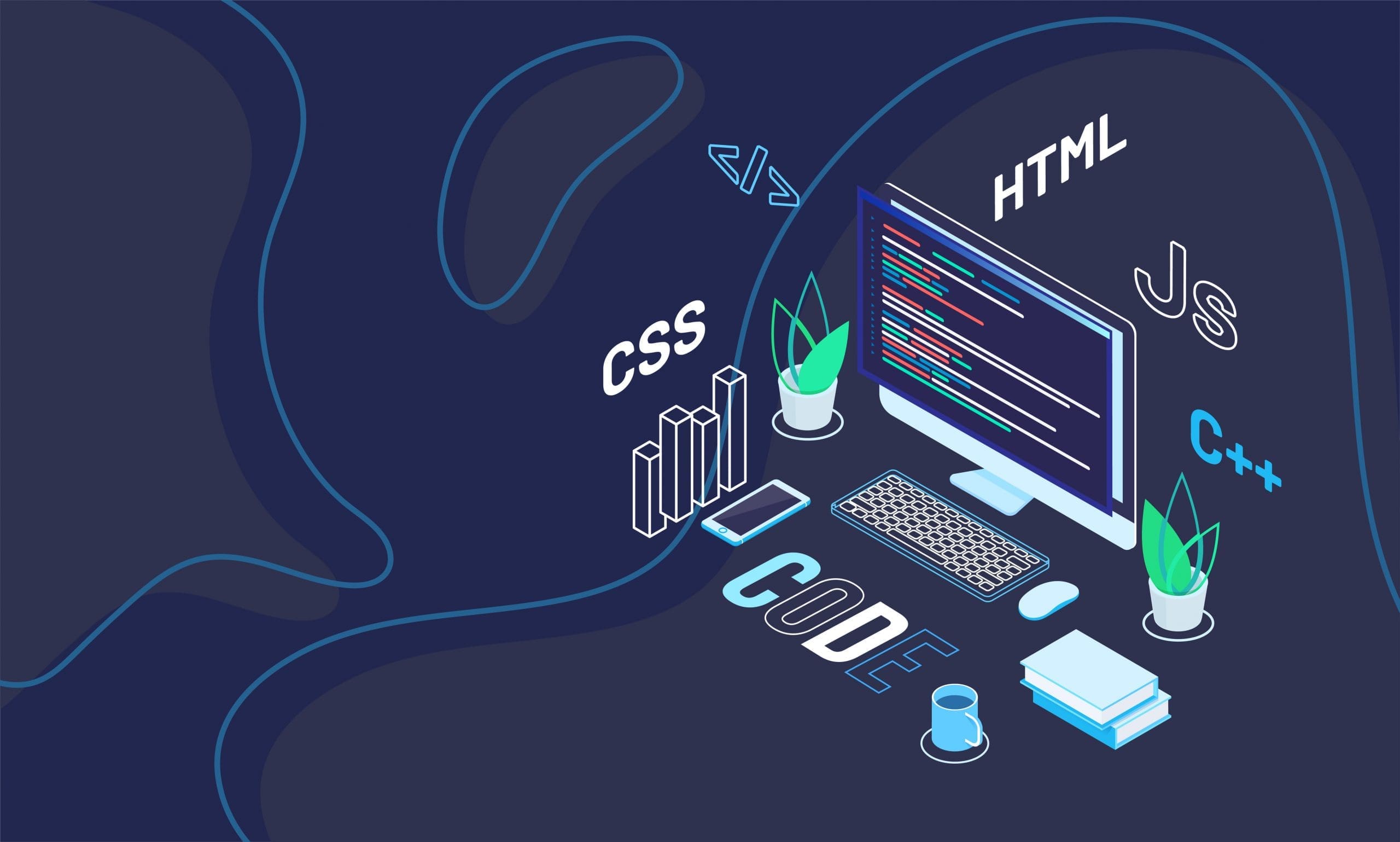
The Evolution of Web Design: From HTML to AI
Web design has come a long way since the early days of the Internet. From the basic HTML websites of the 1990s to the sophisticated AI-driven designs of today, the evolution of web design has been a remarkable journey. According to a survey by Netcraft, there are currently over 1.8 billion websites on the internet, each with its unique design and features. But how did we get here?
The History of Web Design
The history of web design traces the evolution of technology, aesthetics, and user experience. It began with basic HTML and has advanced to incorporate AI-driven design elements, revolutionizing interactivity and personalization.
What is HTML and How Did it Shape Web Design?
HTML, or HyperText Markup Language, is the standard language used to create and design web pages. It plays a crucial role in shaping the fundamental building blocks of the internet by providing the structure and layout of a webpage. HTML’s development was pivotal in laying the groundwork for web design, as it enabled the creation of hypertext documents that could be linked together, forming the basis of the World Wide Web as we know it.
The Introduction of CSS and its Impact on Web Design
The introduction of CSS revolutionized web design by separating style from content. This innovation allowed for easier website maintenance, faster page loading, and improved user experience. CSS enabled designers to implement consistent branding, responsive layouts and enhanced visual appeal, ultimately resulting in more engaging and interactive websites. Utilizing CSS can significantly elevate the user experience and navigation, making for a more dynamic and visually appealing website.
The Emergence of Responsive Design and its Influence on User Experience
The introduction of responsive design has transformed the user experience by creating websites that seamlessly adapt to different devices and screen sizes. This approach to design guarantees that users have the best viewing and interaction experiences, ultimately improving satisfaction and engagement. Responsive design acknowledges the importance of websites being both functional and visually appealing on desktops, tablets, and mobile devices, reflecting the changing browsing habits of users.
The Rise of Artificial Intelligence in Web Design
The emergence of artificial intelligence in the field of web design has completely transformed the industry. AI tools can analyze user behavior, automate repetitive tasks, and tailor user experiences. Additionally, they can generate code and design elements, ultimately reducing the time it takes to develop a website. Companies such as Wix and Bookmark now offer AI-powered website design, allowing for increased efficiency and customization.
How is AI Changing the Landscape of Web Design?
- Automated Design Process: AI utilizes algorithms to automate design tasks, such as layout creation and image selection.
- Personalized User Experience: AI analyzes user data to customize content and design, enhancing user engagement.
- Enhanced Efficiency: AI streamlines web development by automating repetitive tasks, reducing time and costs.
- Adaptive Design: AI enables websites to adapt to user preferences and behavior, improving overall user satisfaction.
As AI continues to advance and revolutionize web design, it will further enhance personalization, efficiency, and user experience.
The Benefits and Challenges of Using AI in Web Design
The advantages of incorporating AI into web design are numerous, including a more personalized user experience and improved website performance. This technology can also streamline the design process, resulting in cost savings and quicker turnaround times. However, there are also challenges to consider, such as maintaining creativity and ensuring the ethical use of AI in design.
The Future of Web Design: Predictions and Possibilities
When envisioning the future of web design, the possibilities and predictions are endless. One can anticipate the seamless integration of AI to create personalized user experiences, enhanced 3D and VR elements for more immersive interactions, and further optimization for mobile and voice search compatibility.
It is estimated that by 2025, millennials will make up 75% of the global workforce, shaping the digital landscape and highlighting the significance of user-centric web design.
How Will AI Continue to Evolve Web Design?
- Enhanced automation in design processes, streamlining repetitive tasks.
- Customized user experiences based on individual preferences and behaviors.
- Improved website personalization through AI-driven content curation and dynamic layouts.
- Integration of AI-powered chatbots for enhanced customer support and interaction.
- Utilization of AI for predictive analytics, aiding in trend identification and future design needs.
What Other Technologies Could Impact Web Design in the Future?
In the future, web design may be greatly impacted by technologies such as virtual reality (VR), augmented reality (AR), and voice-based interfaces. These advancements have the potential to revolutionize user experience by creating immersive web environments and altering how users interact with websites. Furthermore, the continued development of AI and machine learning could lead to more personalized and adaptive web designs, ultimately enhancing user engagement and satisfaction. Embracing these technologies has the potential to redefine the way we perceive and interact with the web in the future.
What Role Will Human Designers Play in the Future of Web Design?
In the future of web design, human designers will remain vital in the creative ideation process, optimizing user experience, and developing overall design strategy. Despite the automation capabilities of AI, human designers will bring a unique touch of creativity, emotional intelligence, and critical thinking that cannot be replicated. They will take the lead in crafting engaging narratives, comprehending intricate user needs, and promoting ethical and inclusive design practices.